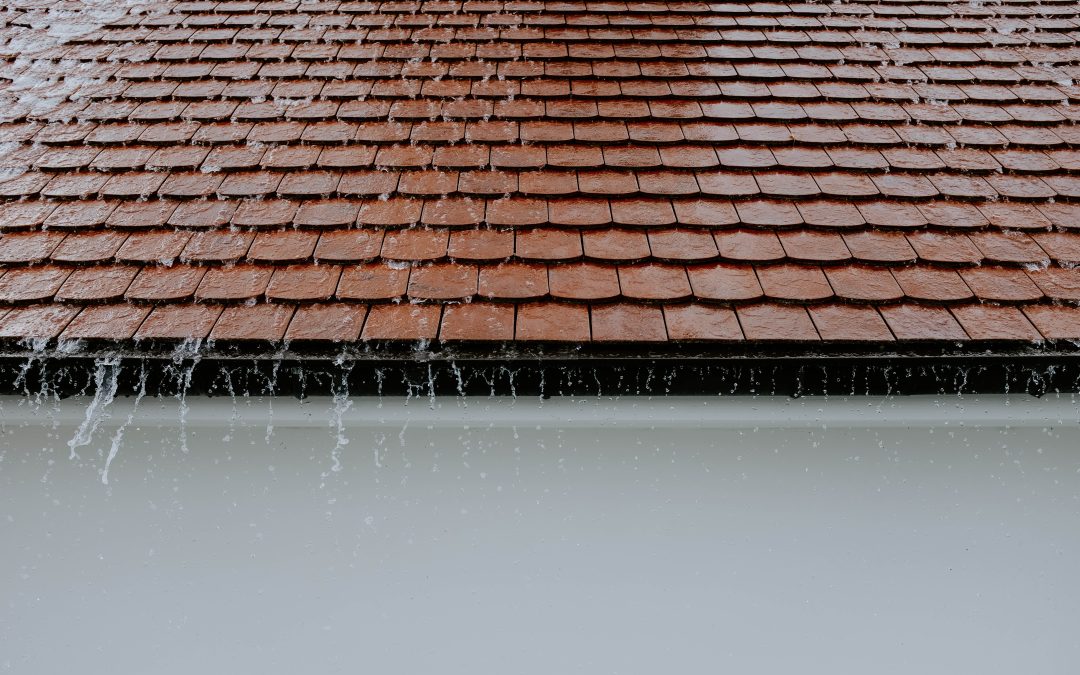Does Homeowners’ Insurance Cover Leaking Chimneys?
Yes, and no, a standard homeowners insurance policy (HO3) covers chimney repairs if a covered peril caused the damage.
Your chimney is considered part of your home’s structure, so its coverage mirrors your dwelling’s coverage.
It does not cover maintenance or other uncovered perils. Homeowner’s insurance companies will cover many types of chimney damage. It will not cover neglect. If your chimney has suffered damage, your insurance carrier will outline in detail the damages your homeowner’s policy will pay for.
Most homeowner’s insurance policies are written to cover “unexpected” damages to a chimney system. Causes of this kind of damage include earthquakes, high-powered wind storms, lightning strikes, falling trees and/or branches, pounding hail, and some chimney fires.
These and similar causes are considered unexpected because the homeowner didn’t directly cause them and generally couldn’t have prevented them. On the other side, there’s damage that’s considered “expected” and usually stems from the homeowner’s neglect to properly maintain and care for his or her chimney.
Homeowner’s insurance carriers usually are not willing to pay for chimney issues that could have been prevented. However, you won’t know specifically what your provider will and won’t cover until you either closely read your policy or speak with an agent.
You can avoid serious “expected” chimney damage by being proactive and making sure your chimney system is well-cared for. Along with cleaning, chimneys should be professionally inspected once a year to uncover early signs of damage and malfunction so they can be addressed before they become serious and possibly dangerous.
Never put off chimney repairs, no matter how “insignificant” they may seem. Minor damage very often progresses to complicated and expensive damage.
Prevention is the key and a professional chimney sweep will not only clean and inspect, but will make sure your fireplace is up to code so you don’t have to worry about a claim if it is damaged.
Why Is Water So Dangerous?
Water is your chimney’s biggest enemy, and a leaky chimney can lead to both interior and exterior deterioration and costly damage if neglected. Masonry chimneys may look and seem indestructible, but they’re not.
They’re constructed of a variety of masonry and metal materials, including brick, mortar, concrete block, stone, flue tile, steel, and cast iron – all of which (except stone) are adversely affected by direct contact with water or water penetration. Masonry materials deteriorate even more rapidly when exposed to the freeze/thaw process, in which moisture penetrates the materials and periodically freezes and expands, causing undue stress.
And depending on where you live, your chimney may be exposed to the freeze/thaw process for as many as six months or so. Some masonry problems are obvious. If broken bricks, large cracks, and crumbling mortar are present you know that the masonry is in need of repair, If your flue is rusted, warped or the sealant is no longer intact that’s a problem.
But what if it is not obvious, what if all of the above is in good condition? How do you detect a leak that is not obvious? One good way to try and pinpoint a general area through which the water is entering is to do a water test.
This test can be time-consuming as a garden hose is used to soak the chimney from the bottom of the chimney to the top, stopping every few feet to let the water soak in for about fifteen minutes.
Journal about times and whether you are soaking the left or right side of the chimney. By using this method you will be able to see how the water is entering your home.
Although you could do a water test yourself it is not recommended as walking on a wet roof, without safety equipment can be very hazardous.
A professional chimney sweep should be called out to do this test.

